“Where attention goes, energy flows“
These days the competition for our attention is fierce. Commercials shout their messages as our cell phones blow up with the latest terrifying news. Meanwhile, while our ability to be present IRL (in real life) diminishes as we exhaust ourselves to be “more” “faster” “better” “stronger.” Does modern life nourish us, or take us further from the relationship with nature that has sustained human life for eons? Does mindless attention to screens affect our mood and motivation?
When our minds are filled with negative chatter, our nervous system becomes primed or triggered for threat detection. We become reactive, instead of reflective. We respond to our present life as if it was our childhood because the neuroception of threat (perceiving danger where there is none) will cherry pick information from our experience to reinforce our trauma story, i.e., betrayal, abandonment, neglect, abuse. When we shift our habitual focus, i.e., from a chronic focus on the negative (what is wrong with life) to a focus on the positive (what is right with life) we are free from the distortions of negative attention.
What is negative attention? Negative attention means focusing or attending to what you do not want. Where we put our attention is 100% “in our lane”. It is under conscious control. The focus of attention is where mood, motivation, and energy will flow. If a task is shrouded in fears of what could go wrong (catastrophizing), procrastination will likely follow. If the task orientation is “let’s give it a try,” that choice will not seem so frightening, hence less procrastination. Is it the task or the story we make up about it that reinforces procrastination?
What would happen if we intentionally withdrew attention from that which displeases us, and placed our attention on that which pleases us? Resting eyes on beauty, truth, friendship—the gifts of the present offer nourishing emotions. What happens to mood, motivation, and energy when we look for the good and focus on that? When we focus on what is good in our lives, we get more of it. When we focus on how much we love someone or something, love increases in our lives. When we focus on the beauty of nature (all around us here in Hawaii) beauty increases in our lives. When we focus on what we can do vs. what we cannot do—we feel better about our limitations. Positive attention (attention to what is wanted) increases feelings of joy and gratitude. These are nourishing emotions.
Many of us feel emotionally raw and empty these days. The staggering losses during the two and a half years of years of pandemic isolation severed social ties and disrupted care communities. The weight of those losses feels unfathomable. There remains some invisible pull to stay online. What grabs our attention is often outrageous, mean spirited, or cutthroat. It is designed to emotionally grab us, and when we respond in equally hateful ways toward others–from a victim place–it feeds the cycle.
Intentional attention means to direct our focus to the good that is present right now. This is self-directed neuroplastic change. When life feels overwhelming and out of control, we can focus on the good. We can feel joy when we ride a bike with the wind at our back: we can feel grateful for the gifts of life. We can rest in the present moment where joy, sweetness, and inspiration abide.
Human life will have loss and grief, abundance and plenty, pain and dis-ease. There may be little we can do to alter this balance. But what we pay attention to, the ease with which we go through inevitable transitions and seasons of change—these are largely matters of choice.
Attention is a choice. When we take control of our attention, we will feel significantly better. “You get what you pay attention to.” Beauty, joy, music, starlight, laughter, friendship: attention to the magic and mystery of mundane life brings big benefits for mood, motivation, and energy.
If we paid more attention to that which nourishes us, our lifelong habits of negative neuroplasticity would shift into positive neuroplasticity: from expecting and accepting the worst (negative neuroplasticity) to expecting and accepting the best (positive neuroplasticity). Life feels much better when we can connect with the good that is always around us.
PRACTICE
Set a timer for intervals throughout the day (once or twice an hour) and when it goes off, notice what you were focusing on (thinking about, silently chattering about). Practice intentionally shifting that focus for a few minutes toward the good in your life (remembering good people, good situations, good times). This is especially useful if you are ruminating or looping about a worry or fear-interrupting the loop will help dissipate it.
How to interrupt looping? Look around you and start naming all the things around you that you love…This is called a ‘rampage of appreciation’. It will often stop negative looping.

